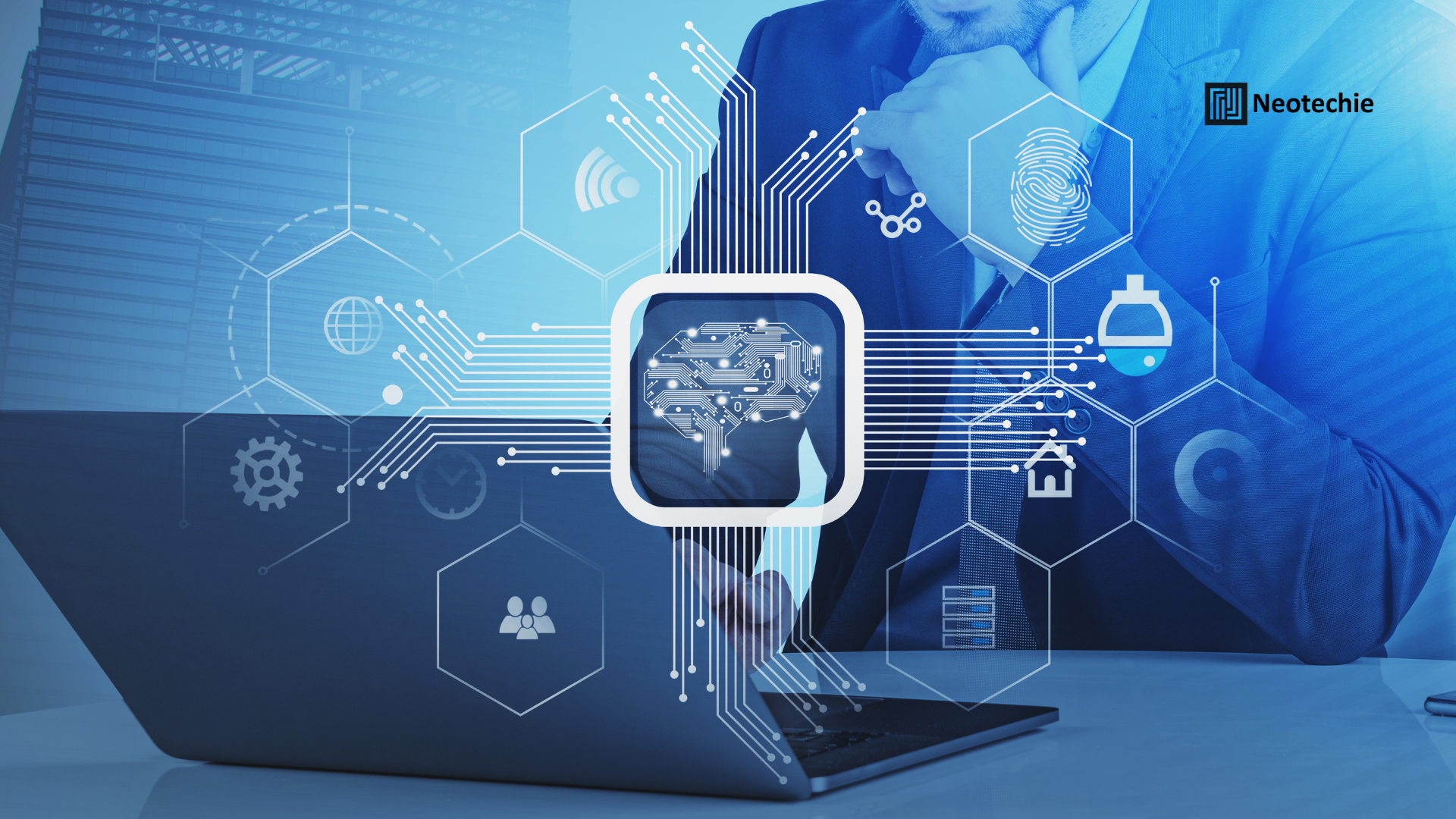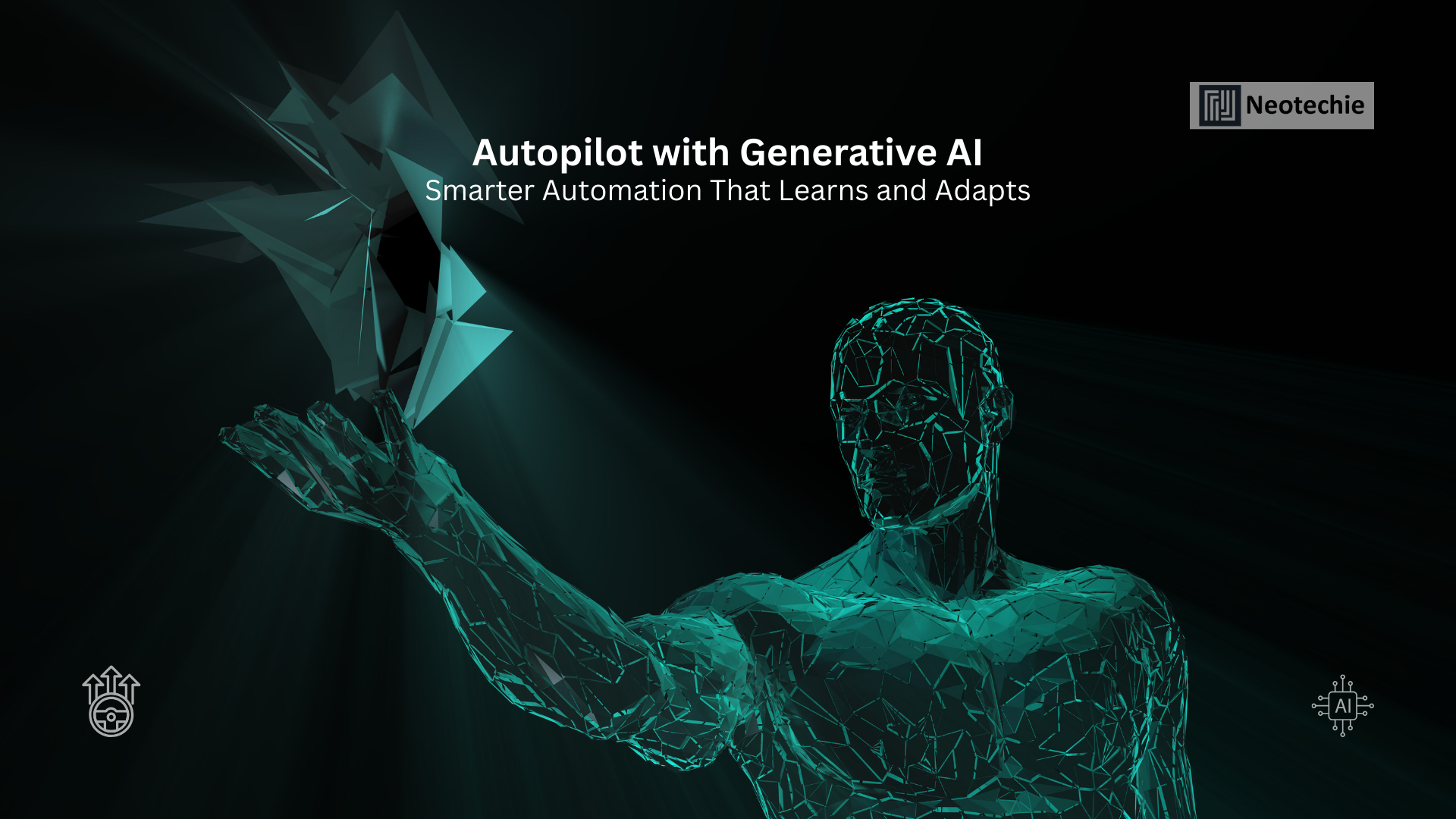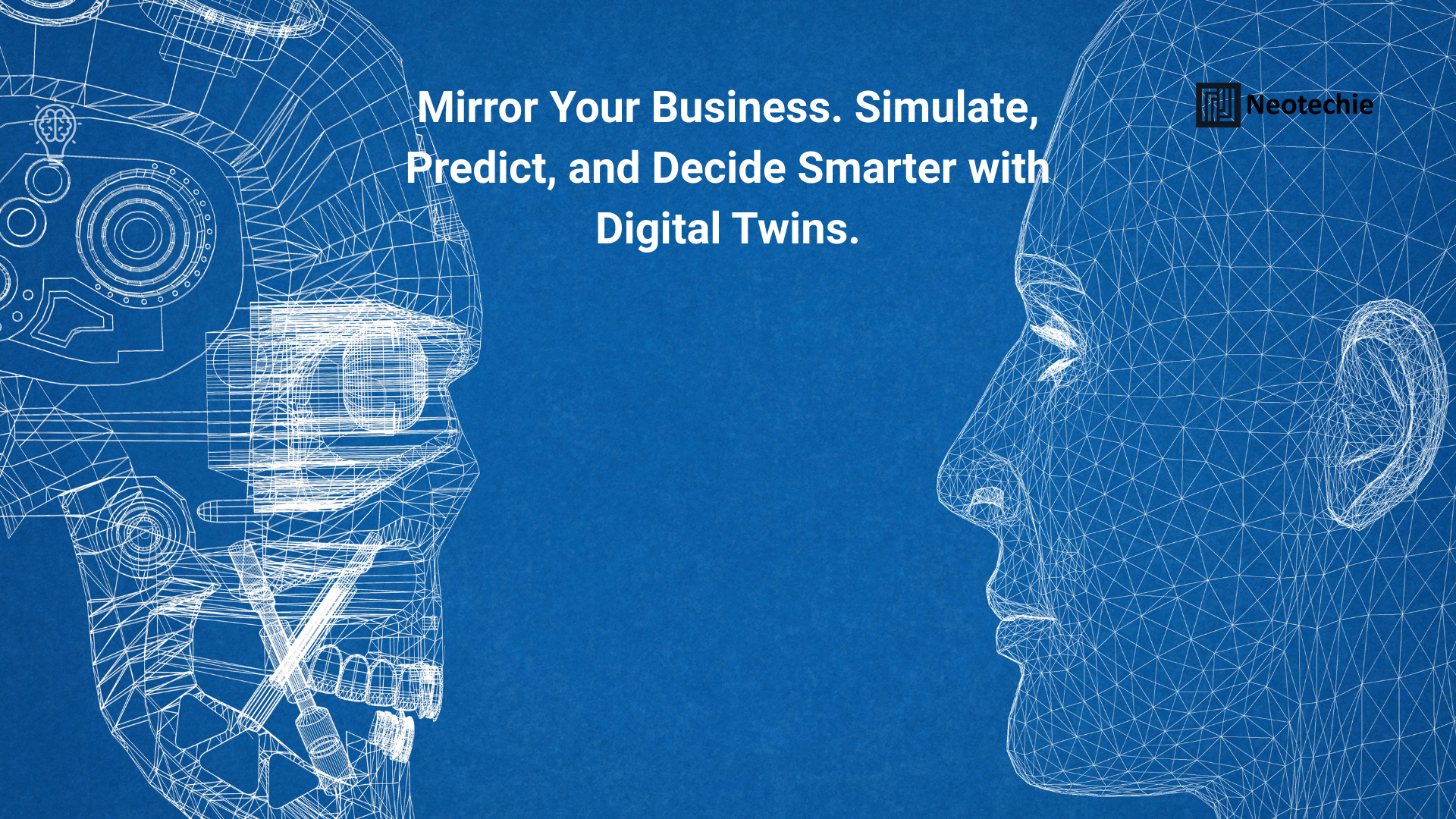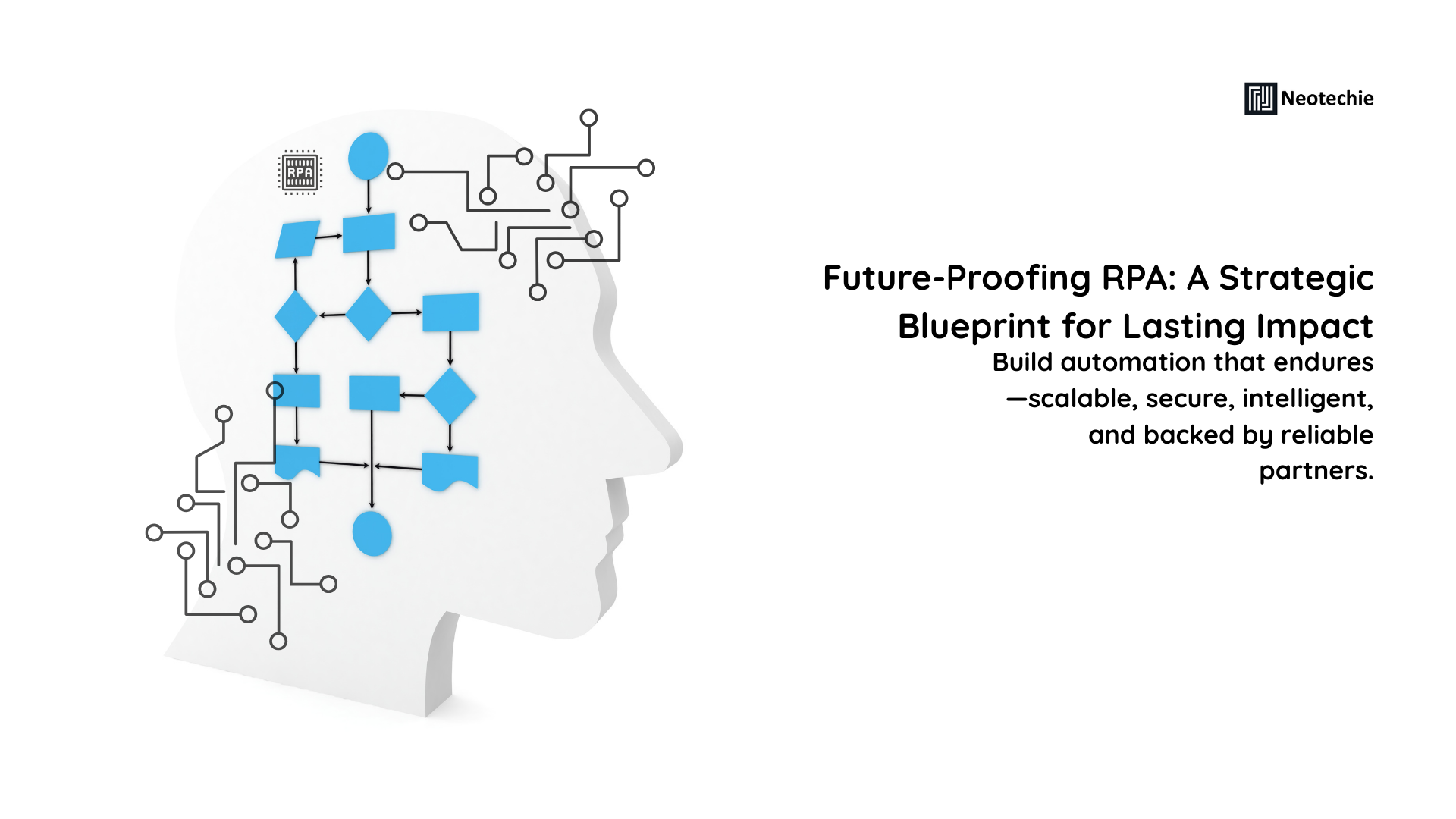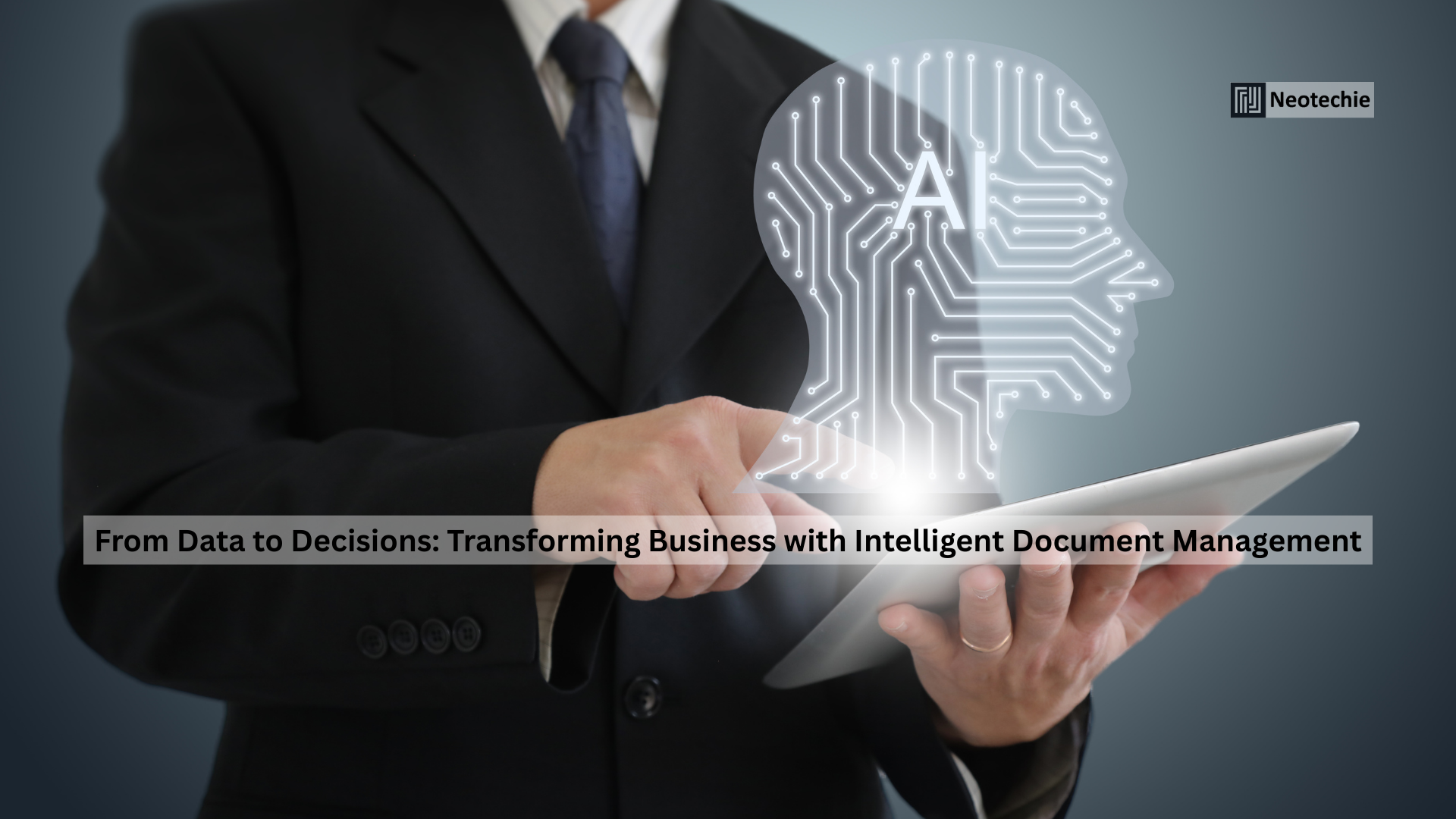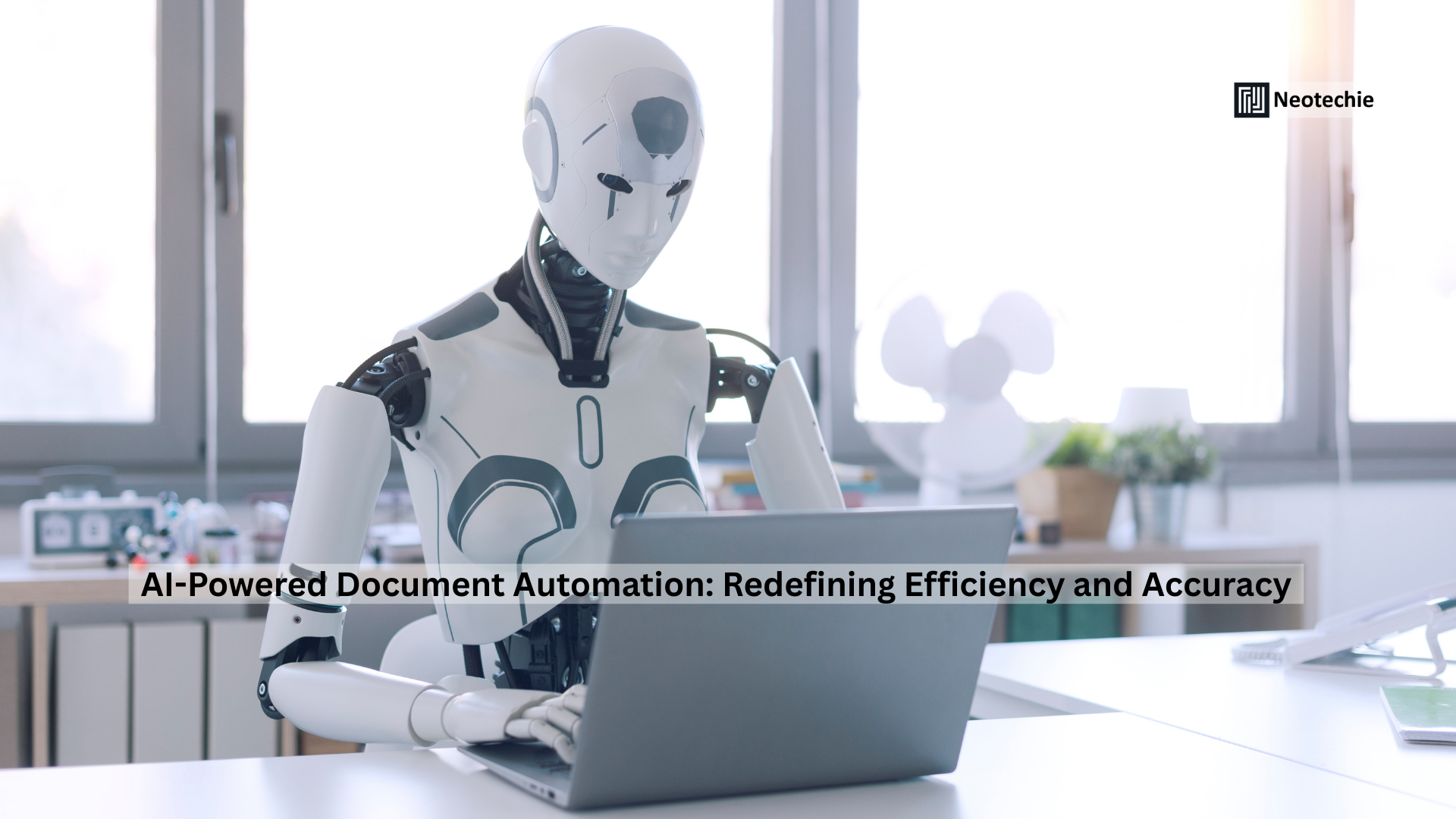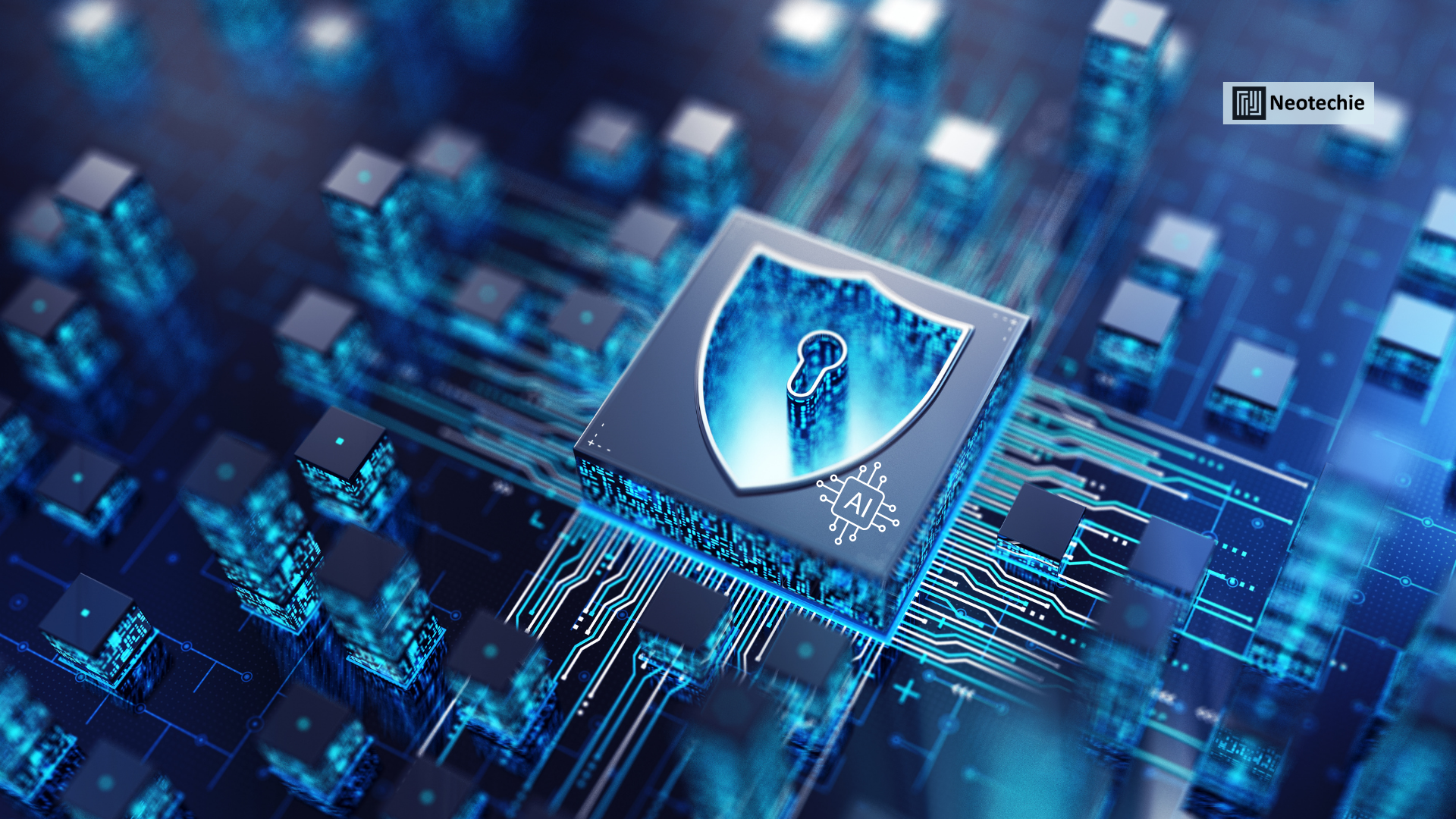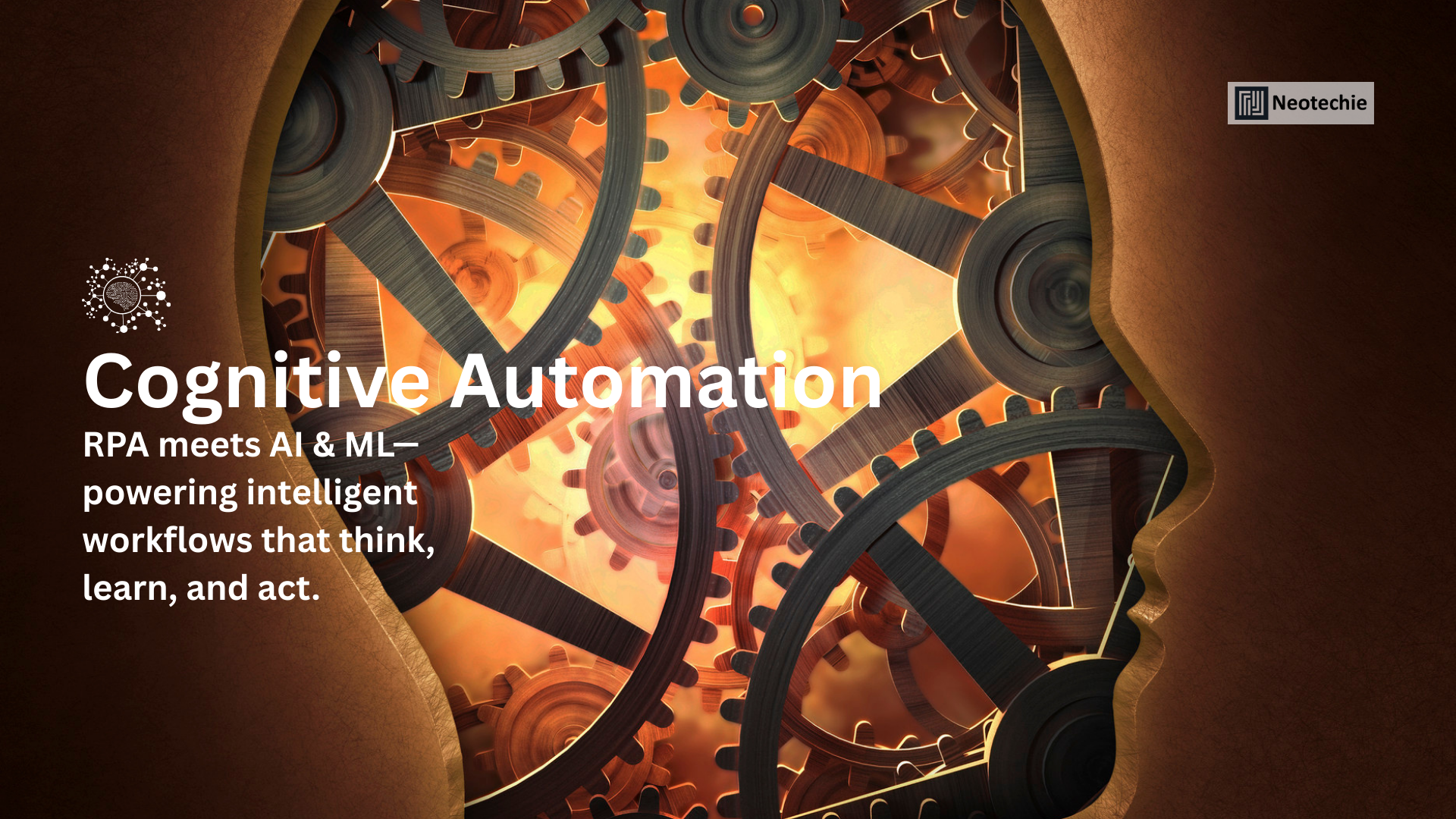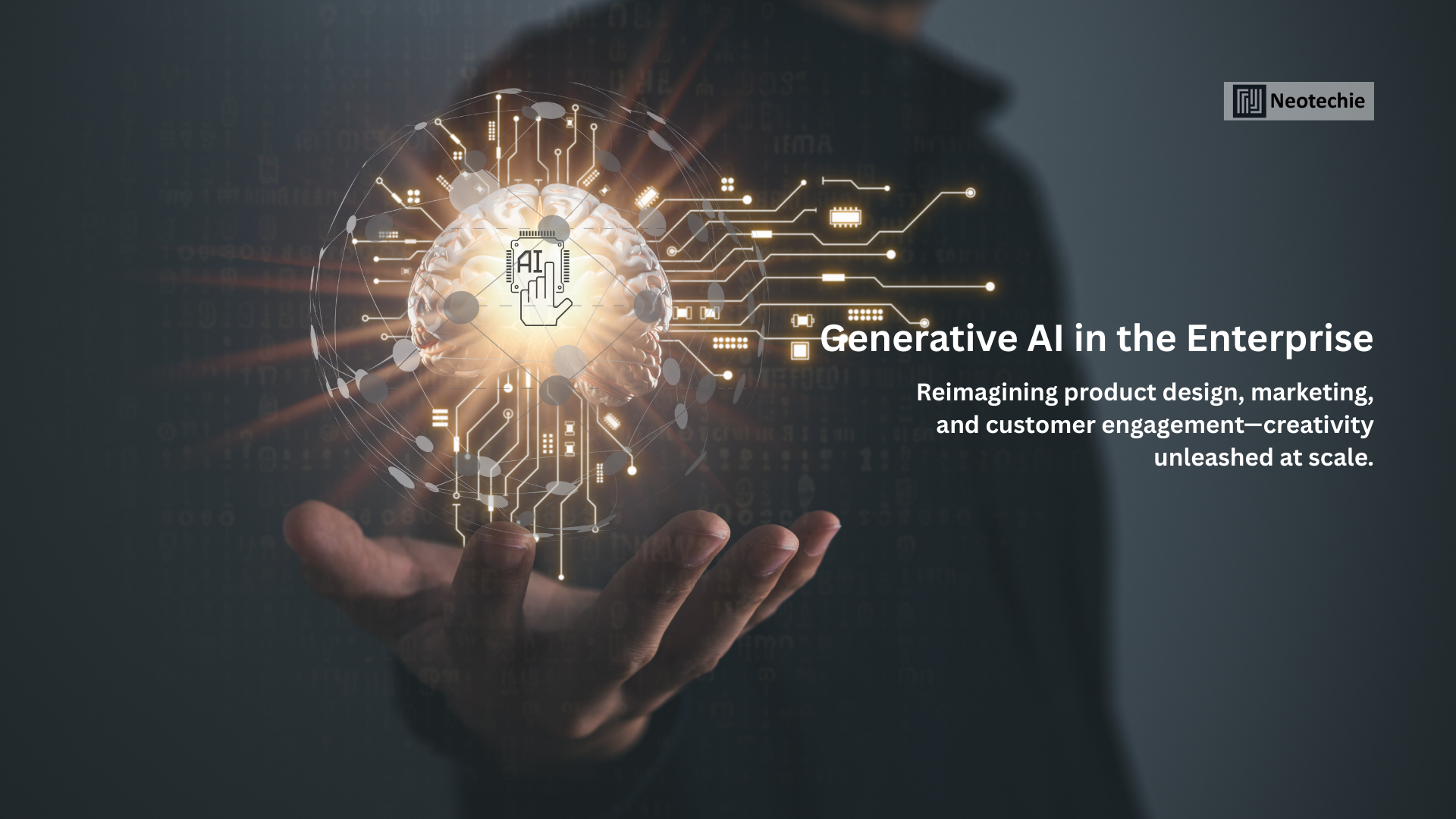Hidden Inefficiencies Are the Silent Business Killers
Every organization has them—tiny process gaps, repetitive tasks buried in daily routines, and inefficiencies invisible to the human eye. They don’t make headlines, but they quietly drain resources, frustrate employees, and slow down growth. Fixing them often feels impossible because leaders don’t know what they can’t see. This is where Process Discovery powered by Computer Vision and Machine Learning (ML) steps in, offering businesses the ability to uncover, analyze, and transform processes with surgical precision.
What is Process Discovery with Computer Vision & ML?
Process Discovery is a technology-driven method of mapping and analyzing how work gets done across an organization. By leveraging Computer Vision and Machine Learning, it goes beyond surface-level observation:
- Computer Vision captures every interaction. From mouse clicks and keystrokes to how employees navigate dashboards, it records activity without interfering in daily operations. This creates an authentic and unbiased dataset of how work really happens—not just how it’s documented.
- Machine Learning makes sense of the chaos. Raw activity data is analyzed to identify recurring patterns, frequent decision points, and time-consuming manual steps. It highlights not just what happens but why it happens, uncovering inefficiencies that humans overlook.
- AI-powered insights reveal opportunities. The system suggests which steps are automation-ready, where compliance risks emerge, and which tasks cause the most delays. It provides a roadmap for fixing problems with clarity and precision.
The outcome? A living blueprint of your business processes, highlighting where time is wasted, where compliance risks lurk, and where automation can deliver the highest ROI.
Why Process Discovery Matters
1. Inefficiencies Are Costlier Than You Think
Small inefficiencies compound into massive losses. A few extra minutes spent on duplicate data entry or manual approval may seem insignificant, but multiplied across hundreds of employees and thousands of transactions, it adds up to millions of dollars annually. Process Discovery quantifies these inefficiencies, showing leaders the real financial impact and turning hidden costs into visible targets for savings.
2. Data, Not Assumptions
Business leaders often design transformation strategies based on assumptions, consultant recommendations, or incomplete observations. The result? Initiatives that miss the mark. Process Discovery eliminates guesswork by delivering hard, data-backed evidence of how processes actually function. It shifts decision-making from intuition to insight, ensuring every transformation effort is grounded in reality.
3. Scaling Automation With Confidence
RPA initiatives often stumble because organizations automate the wrong processes—those that are too complex, too unstable, or too low-value. Process Discovery pinpoints the exact processes that are ripe for automation, with clear ROI potential. By targeting the right areas, businesses avoid wasted investment and scale automation with confidence.
4. Regulatory Compliance and Risk Mitigation
Compliance failures often stem from undocumented steps, inconsistent approvals, or deviations from standard workflows. Process Discovery uncovers these hidden variations and ensures every process is visible, documented, and auditable. This not only reduces regulatory risk but also builds resilience in industries where oversight is tight and penalties are costly.
How Process Discovery Works
Step 1: Capturing Process Interactions
Computer Vision tools unobtrusively monitor how employees interact with systems. Unlike manual audits or interviews, which are prone to human error and bias, this approach captures the unfiltered reality of everyday operations. Nothing is hidden, and nothing is assumed.
Step 2: Pattern Recognition through Machine Learning
Once data is captured, Machine Learning algorithms process the information to identify patterns. It distinguishes between routine tasks and exceptions, clusters similar workflows, and highlights deviations. This clarity allows businesses to separate systemic inefficiencies from isolated incidents.
Step 3: Mapping and Visualization
The analyzed data is converted into intuitive visual process maps. These maps make inefficiencies stand out, showing where steps are duplicated, where bottlenecks occur, and where approval chains are unnecessarily long. For leaders, this is like switching on a light in a dark room—they can finally see what’s slowing them down.
Step 4: Actionable Recommendations
Insights alone aren’t enough. Process Discovery delivers recommendations on what to streamline, automate, or redesign. It doesn’t just show problems; it provides solutions. Leaders can prioritize initiatives that will deliver measurable impact, turning visibility into transformation.
Fresh Angle: From Blind Spots to Business Breakthroughs
Think of Process Discovery as an MRI for your operations. Just as a medical scan reveals issues invisible to the naked eye, Process Discovery exposes inefficiencies that intuition and audits can’t catch. It doesn’t just diagnose—it guides businesses toward transformation strategies that are evidence-driven, precise, and impactful. What was once invisible becomes the foundation for breakthrough growth.
How Process Discovery Drives Business Transformation
- Strategic Roadmaps with Precision: Instead of vague goals like “improve efficiency,” organizations get a prioritized roadmap detailing which processes to automate, which to redesign, and which to eliminate.
- Faster ROI from Automation: By focusing only on high-value processes, companies avoid wasted investments and realize tangible returns quickly. Transformation projects become leaner and more impactful.
- Cultural Shift Towards Openness: Employees stop fearing automation when inefficiencies are revealed objectively. The conversation shifts from “who is to blame” to “how do we fix this together?” This builds buy-in for transformation initiatives.
- Agility in an Unpredictable World: When customer expectations or regulatory requirements shift, Process Discovery can re-map workflows continuously. Transformation becomes an ongoing capability rather than a one-time project.
Why Businesses Need Process Discovery Now
- Remote and hybrid work have created countless process variations across teams and geographies.
- Customer expectations for speed and accuracy mean inefficiencies are no longer tolerable.
- Regulatory pressure demands complete visibility into how tasks are performed.
- Automation budgets are growing—and businesses can’t afford to spend them blindly.
How Neotechie Can Help
At Neotechie, Process Discovery isn’t just a diagnostic tool—it’s a transformation enabler. By combining Computer Vision, Machine Learning, and deep automation expertise, Neotechie helps organizations:
- Uncover hidden inefficiencies across systems and teams with complete transparency.
- Prioritize automation and transformation projects with evidence-based insights.
- Build roadmaps that deliver results faster and with less risk.
- Foster cultural alignment, ensuring employees see transformation as an opportunity, not a threat.
- Create a foundation for continuous agility, so businesses can adapt as markets, regulations, and customer expectations evolve.
With Neotechie, businesses don’t just see their processes—they see their path to transformation.
Call to Action
Stop guessing where to transform. Start seeing what matters. Discover your hidden potential with Neotechie’s Process Discovery solutions.
#ProcessDiscovery #ComputerVision #MachineLearning #IntelligentAutomation #BusinessTransformation

